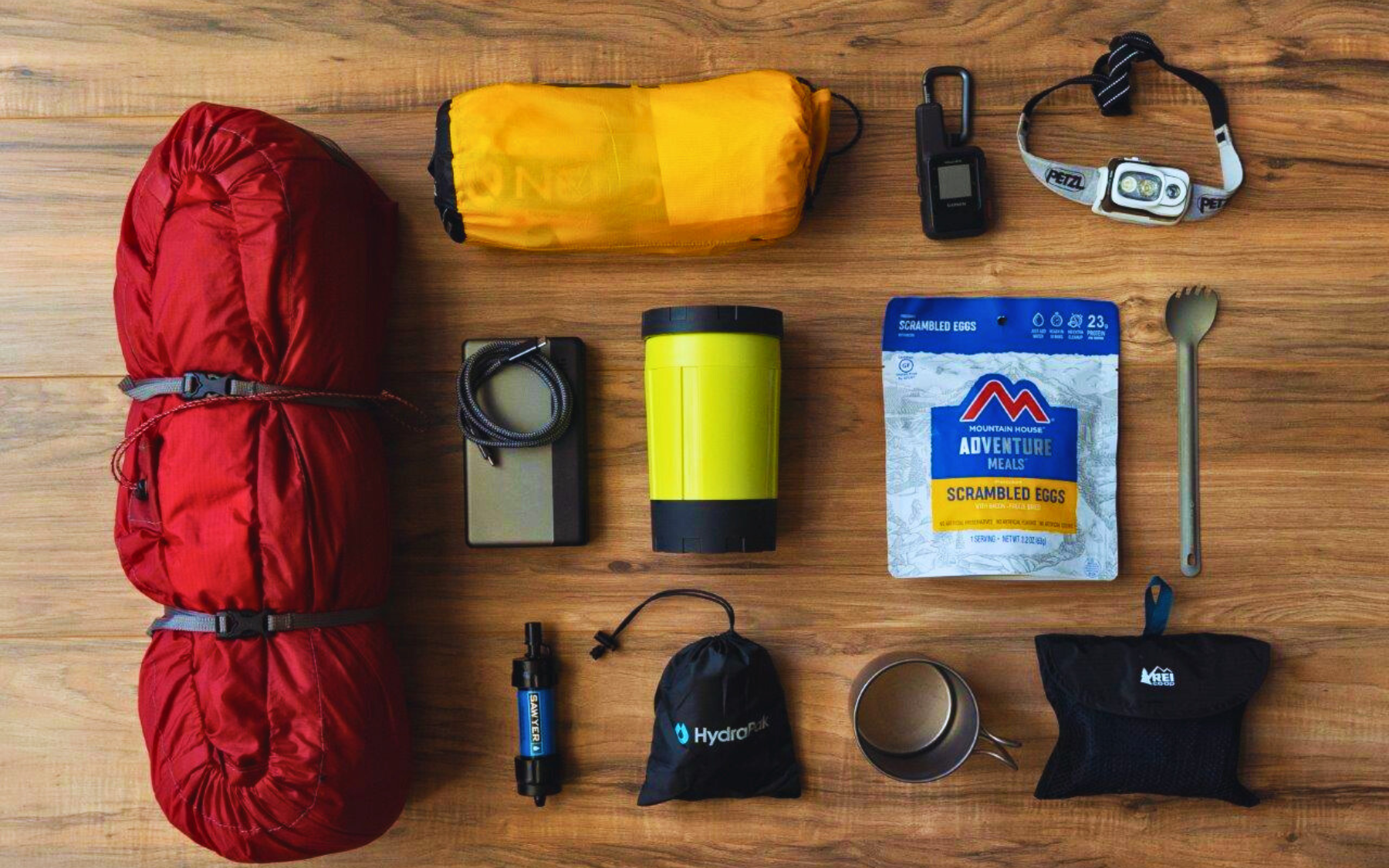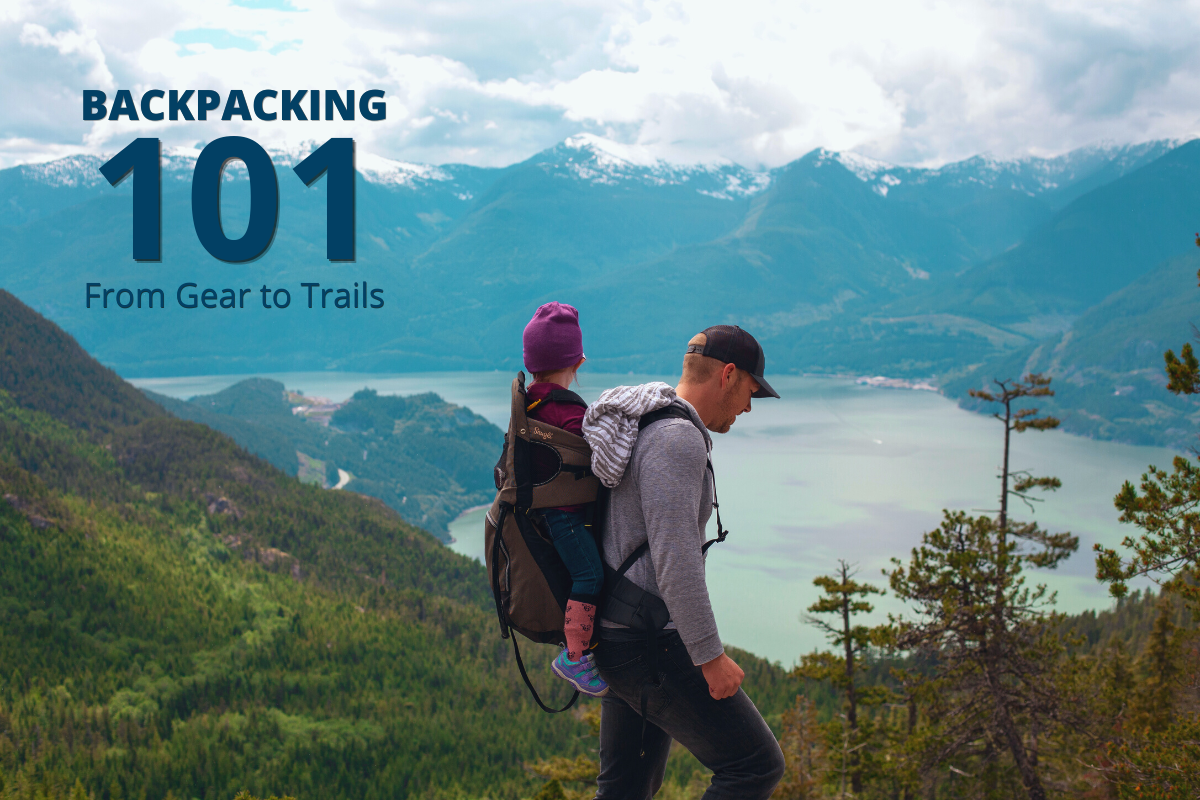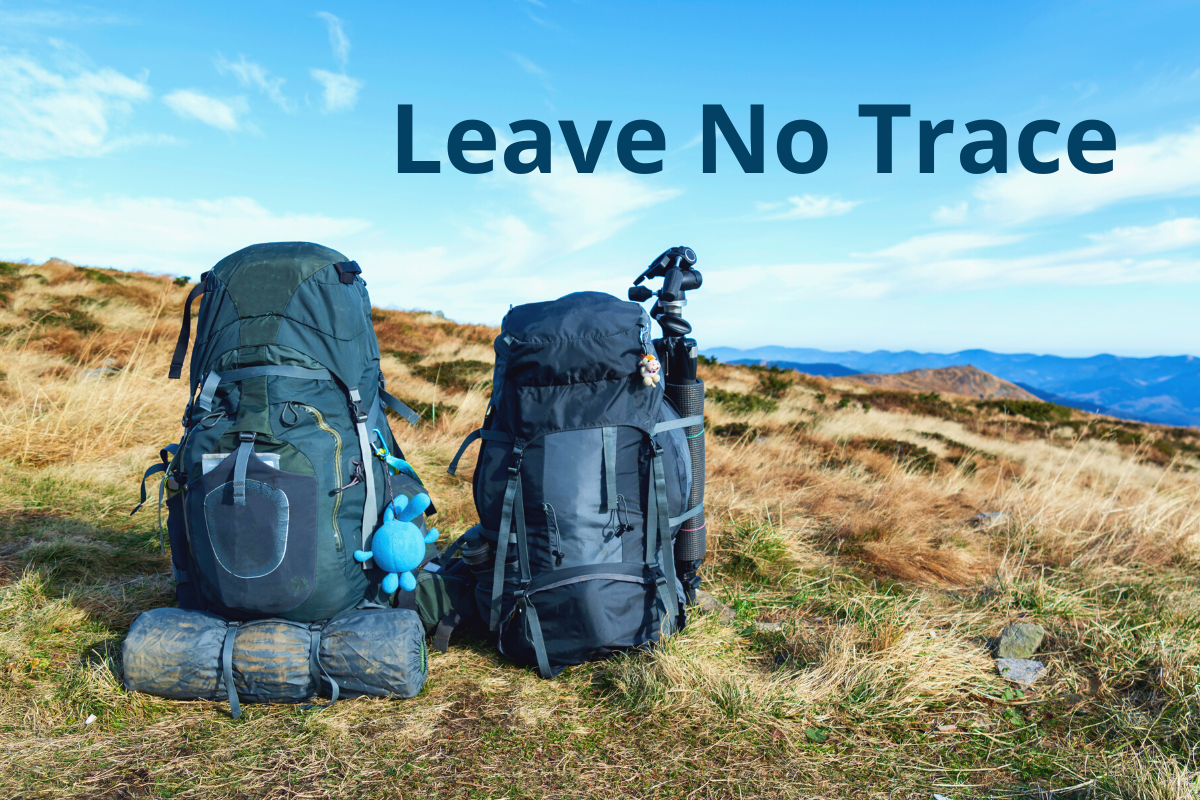Backpacking is a fantastic way to immerse yourself in the beauty of nature and escape the stress of everyday life. It can be a life-changing experience, but it can also be overwhelming, especially if you're new to it. Planning your first outdoor backpacking trip can seem like a daunting task, but with the right guidance, it can be an enjoyable and rewarding experience. In this guide, we'll provide you with a step-by-step approach to plan a safe and enjoyable backpacking trip.

Step 1: Choose Your Destination
The first step in planning a backpacking trip is to choose your destination. When selecting your destination, consider your skill level, fitness level, and the season. If you're new to backpacking, it's advisable to choose a trail that's shorter, less challenging, and easier to navigate. On the other hand, if you're an experienced backpacker, you may want to challenge yourself with a more difficult trail.
Consider the type of environment you'd like to be in. Would you prefer a forest, mountain, desert, or coastal environment? Each environment comes with its own unique features and challenges, so be sure to research the location thoroughly before making your decision.
It's essential to consider the season when choosing a destination. Some trails may be closed or inaccessible during certain times of the year. For example, hiking the Pacific Crest Trail in winter can be dangerous due to snow and ice. It's essential to research the trail and its accessibility before planning your trip.
Look online to research trails: you’ll find trail maps, reviews, and tips from other hikers. Additionally, you can use hiking apps like AllTrails or Gaia GPS that provide detailed information about the trail, including its length, elevation, and difficulty level.

Step 2: Plan Your Route and Itinerary
Once you've chosen your destination, plan your route and itinerary. Create a detailed itinerary that outlines your daily activities, including hiking distance, elevation gain, and rest stops. Consider the number of days you plan to spend on the trail and calculate the daily hiking mileage based on your skill level and fitness level.
It's crucial to include ample time for breaks and rest, especially if you're hiking in high altitudes. A general rule of thumb is to plan for about ten miles a day for a beginner hiker and up to twenty miles a day for an experienced hiker. However, this will depend on the terrain, altitude, and the number of days you're planning to hike.
When creating your itinerary, be flexible and willing to adjust your plans as needed. Weather conditions, unexpected trail closures, and other unforeseen circumstances can disrupt your plans, so it's essential to have a backup plan.
Additionally, you can print out a map of the trail and keep it with you as a backup in case you lose phone reception.

Step 3: Obtain Permits and Make Reservations
Before embarking on your backpacking trip, you may need to obtain permits and make reservations. Many popular hiking trails require permits to limit the number of hikers and protect the environment.
It's essential to research the trail's permit requirements and apply for them well in advance. Some trails may require reservations for camping sites, so it's important to plan your itinerary accordingly.
Check out recreation.gov for lists of many national campsites and their availabilities.

Step 4: Prepare a Checklist of Essential Gear
Packing the right gear is essential for a successful backpacking trip. Before your trip, create a checklist of essential gear, including a tent, sleeping bag, sleeping pad, backpack, stove, water filter, and first aid kit. You should also bring enough food and water for the duration of your trip.
It's advisable to invest in quality gear that's durable, lightweight, and easy to pack. When selecting gear, consider the weather conditions and the terrain of the trail. For example, if you're hiking in the spring, you'll need some solid rain gear!
To reduce your backpack's weight, consider investing in lightweight gear. You can also rent or borrow gear from outdoor equipment rental companies (REI is great for this!) or friends who have extra gear to spare.
Before leaving for your trip, make sure to test your gear to ensure that everything works correctly. Set up your tent, test your stove (and recharge your batteries for EcoSimmer), and make sure that your sleeping bag and pad are comfortable. It's also essential to break in your hiking boots to prevent blisters.

Step 5: Learn Basic Wilderness Skills
Before embarking on your backpacking trip, it's essential to learn basic wilderness skills. These skills will help you stay safe and prepared for emergencies on the trail.
Here are some essential wilderness skills to learn:
- Navigation: Knowing how to read a map and use a compass is crucial when hiking in the wilderness. Learn how to navigate using a map and compass and consider bringing a GPS device as a backup.
- First Aid: Learn basic first aid skills, including how to treat blisters, sprains, cuts, and insect bites. Consider taking a wilderness first aid course to learn more advanced skills.
- Water purification: Learn how to purify water using a water filter or purification tablets (one of the most critical pieces of gear). Drinking contaminated water can cause illnesses like diarrhea, which can be dangerous when hiking in the wilderness.
- Fire building: Go into your trip with a plan for fire. Always follow local fire regulations and burn bans if you need to make a fire. If you do get into a dangerous situation however, knowing how to build a fire can save your life—it can keep you warm, purify water, or can be used to signal for help. Learn how to start a fire using matches, a lighter, or a fire starter—whatever gear you plan on bringing.
- Leave No Trace: It's essential to leave the wilderness as you found it. Learn how to dispose of waste properly, including human waste, and avoid damaging the environment. See our blog post dedicated to this topic!

Step 6: Pack Your Backpack Properly
When packing your backpack, it's essential to pack efficiently and strategically. Distribute the weight of your gear evenly in your backpack to prevent shoulder and back strain. Here are some tips for packing your backpack properly:
- Put heavier items on the bottom of your backpack, closer to your back.
- Place frequently used items, like a water bottle or rain jacket, in accessible pockets.
- Roll your clothes tightly to save space and prevent wrinkles.
- Pack your sleeping bag at the bottom of your backpack.
- Use packing cubes or dry bags to keep your gear organized and dry.

Step 7: Follow Safety Guidelines and Trail Etiquette
When hiking in the wilderness, it's essential to follow safety guidelines and trail etiquette. Here are some guidelines to follow:
- Stay on the trail to avoid damaging the environment.
- Research local fire regulations or burn bans.
- Identify potable water sources on your trail.
- Respect wildlife by keeping a safe distance and avoiding feeding them.
- Be aware of weather conditions and adjust your plans accordingly.
- Avoid hiking alone, especially in remote areas.
- Pack out your trash and leave the wilderness as you found it.
Conclusion
Planning your first backpacking trip may seem daunting, but with the right guidance, it can be an enjoyable and rewarding experience. Follow these steps to plan a safe and enjoyable backpacking trip, and remember to stay prepared, follow safety guidelines, and enjoy the beautiful wilderness that awaits you. Happy hiking!




